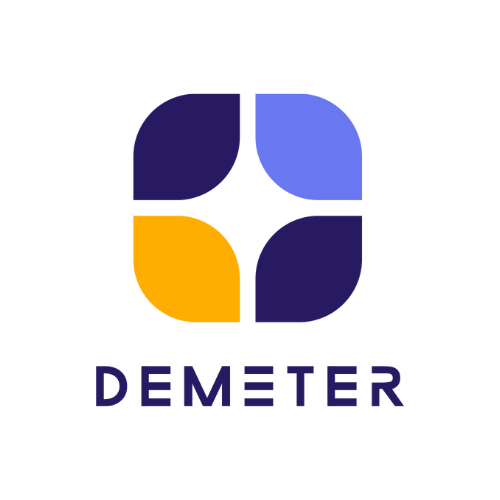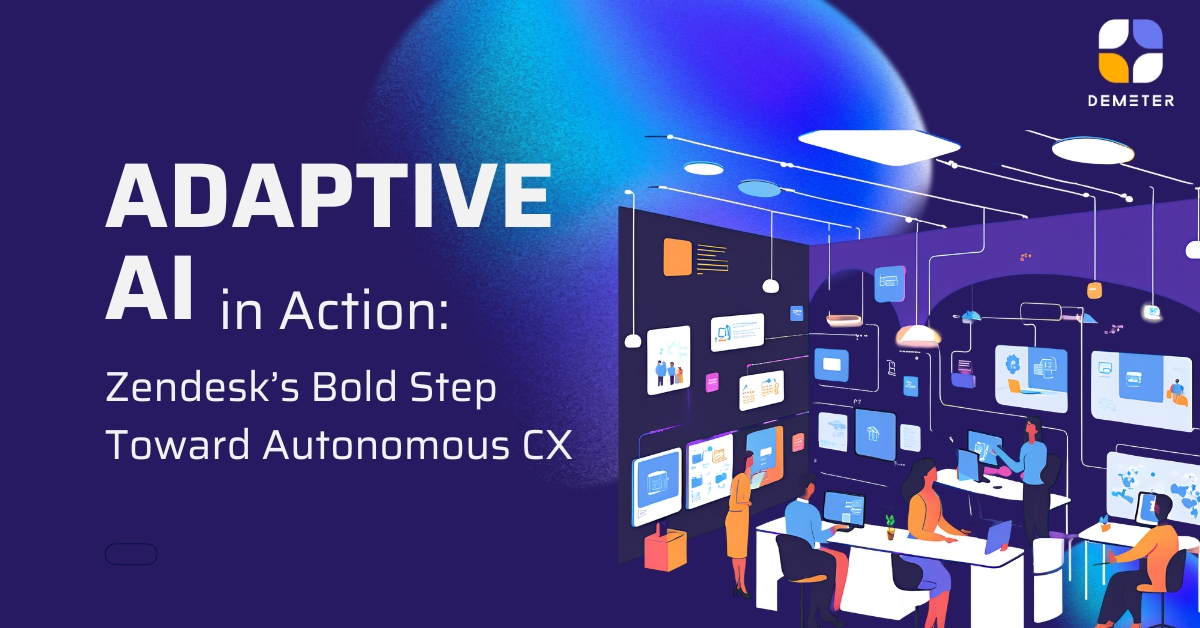When it comes to delivering great customer experiences, Zendesk has long been a trusted name. With over 4.6 billion resolutions powered annually through its platform, the company knows a thing or two about effective support. But in a world where customer expectations are rising and complexity is the norm, even the best service platforms face limits—especially when traditional automation can’t keep up.
That’s why Zendesk’s collaboration with OpenAI marks such a turning point.
From Scripted Bots to Adaptive Conversations
Conventional automation in customer service has typically relied on one major principle: intent recognition. A customer sends a message, the system classifies it, and responds with a prewritten answer or initiates a workflow. It works—until the customer asks a follow-up question, changes their mind, or brings up something unexpected. In those cases, bots often fail to deliver the resolution customers are looking for.
Zendesk’s CTO, Adrian McDermott, put it simply: “In service, the only outcome that matters is resolution.”
And that’s where Zendesk’s new AI agents come in.
Building AI That Understands, Plans, and Executes

Powered by OpenAI’s models like GPT-4o, Zendesk’s next-generation AI agents do more than just respond—they reason through problems, lead conversations, and drive toward actual solutions. These aren’t your average chatbots. They’re autonomous agents built specifically for customer service.
Here’s what sets them apart:
- Task Identification Agent: It doesn’t guess your intent. It asks questions, clarifies issues, and truly listens to understand what the customer needs.
- Conversational RAG Agent: By using Retrieval-Augmented Generation in an ongoing dialogue, it tailors responses based on multiple turns of conversation—like following up on a question about payment options with region-specific policies.
- Procedure Compilation Agent: This one converts business rules written in plain English into structured workflows, ensuring the AI understands how things should be done.
- Procedure Execution Agent: Once the process is mapped out, this agent springs into action—triggering workflows, calling APIs, and updating systems—all in line with the rules your team defines.
In short, Zendesk’s AI doesn’t just talk; it gets things done.
Giving Businesses Full Control—With Less Setup
A major breakthrough in this system is the shift to what Zendesk calls “adaptive reasoning.” Instead of being locked into static flows, these AI agents can seamlessly move between pre-defined scripts and on-the-fly reasoning within the same conversation.
Even better? Businesses can build these procedures using natural language—no coding required. The system then drafts a plan, shows a preview, and gives teams the power to approve or refine the steps before deployment.
With setup times reduced from days to minutes, businesses of all sizes can start benefiting from powerful AI without waiting for specialized support or long implementations.
Transparency, Trust, and Continuous Improvement
Behind the scenes, Zendesk runs a tight ship. Every AI model goes through rigorous internal benchmarking—measuring speed, cost, accuracy, and more—before being deployed. And once live, Zendesk keeps track of key metrics like resolution rate and latency, ensuring the AI continues to perform at a high level.
The plan for 2025? Giving every Zendesk engineering team access to a self-service benchmarking platform, enabling even faster innovation without sacrificing quality.
On the Fast Track to 80% Automation

The early results are promising. Zendesk’s pilot customers are already seeing smoother support journeys, more accurate answers, and dramatically faster setup times. And with the platform designed to fit right into existing workflows, companies don’t have to start from scratch.
Zendesk’s bold goal: helping teams reach up to 80% automation—without losing the human touch that great service demands.
The Future of Customer Experience Is Here
The collaboration between Zendesk and OpenAI signals more than just a tech upgrade. It’s a complete rethinking of what customer service can be. By building AI agents focused not just on interactions, but on outcomes, Zendesk is giving businesses the tools they need to meet today’s demands—and tomorrow’s.
Whether you’re an existing Zendesk user or just starting to explore AI in your support strategy, this next chapter brings us all a step closer to faster, smarter, and more human customer experiences.

About the Author
Mr. Carl Aldrich Wang is an International Marketing Specialist at DEMETER ICT, a Premier Partner of Google and Zendesk in the APAC region. DEMETER ICT serves over 4,600 business customers across APAC, including Greater China, with the largest customer base for Google and Zendesk services in the region. His expertise is in customer experience and global digital strategy with work that emphasizes aligning business goals with customer needs, enabling organizations to strengthen engagement, streamline workflows, and drive measurable growth.





